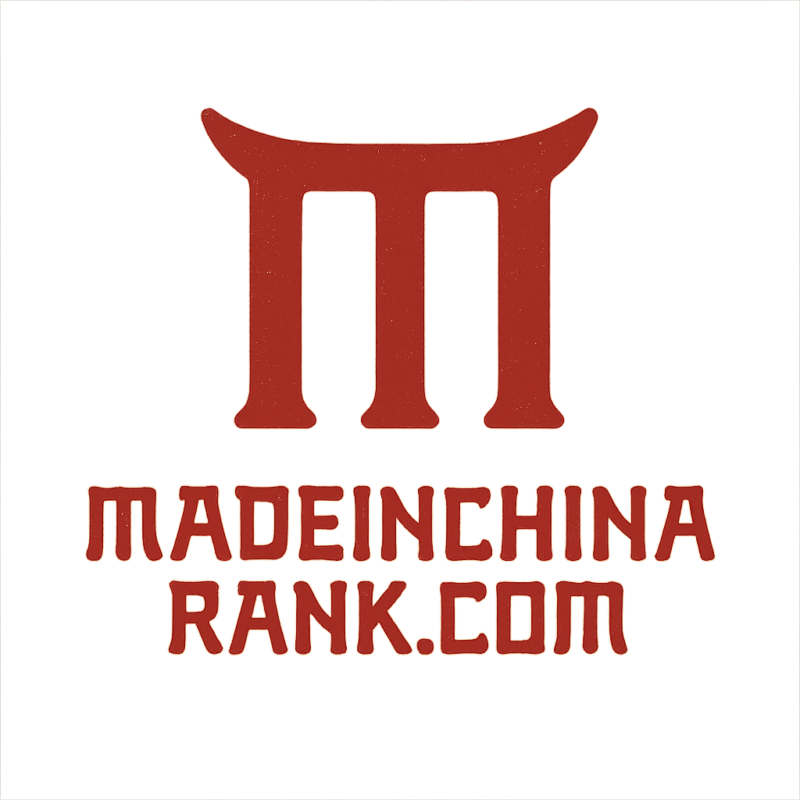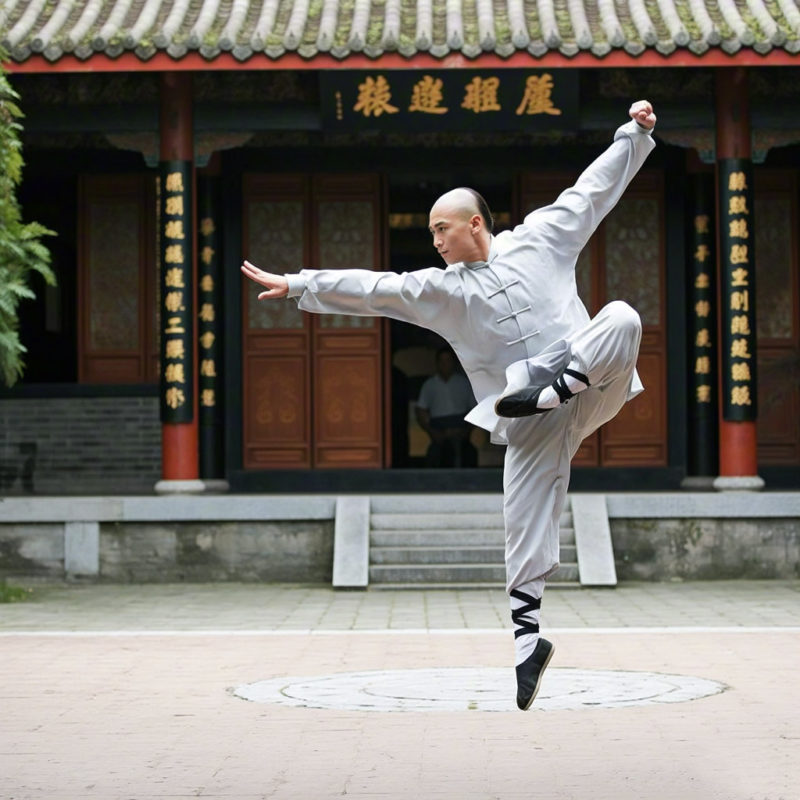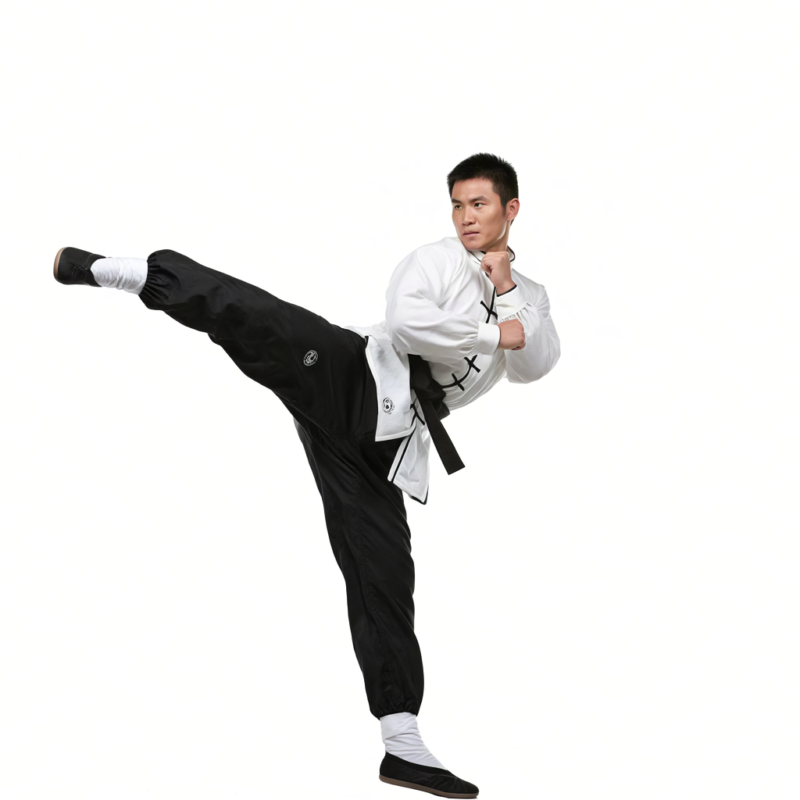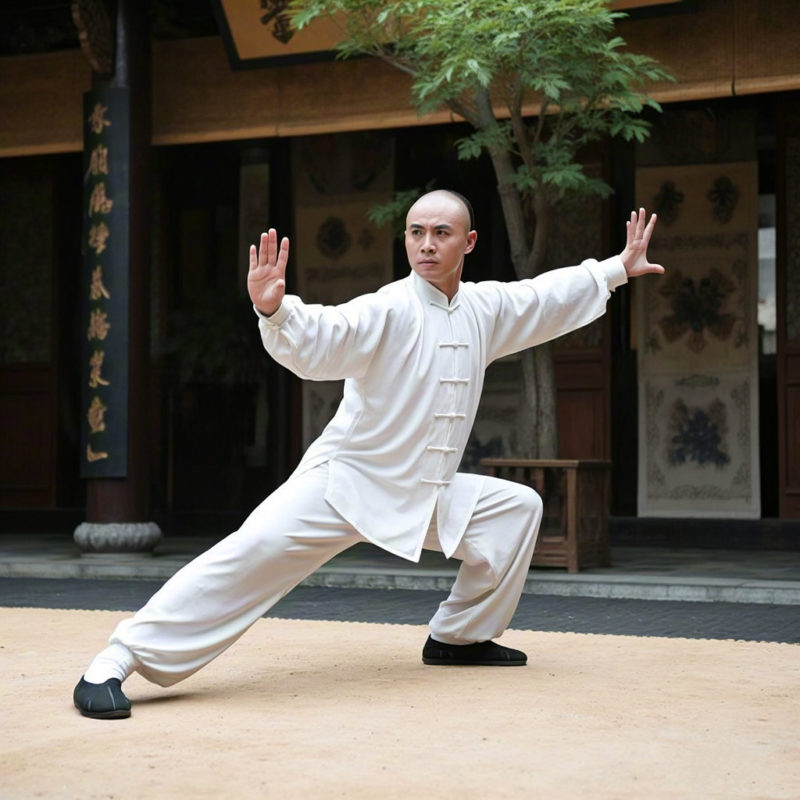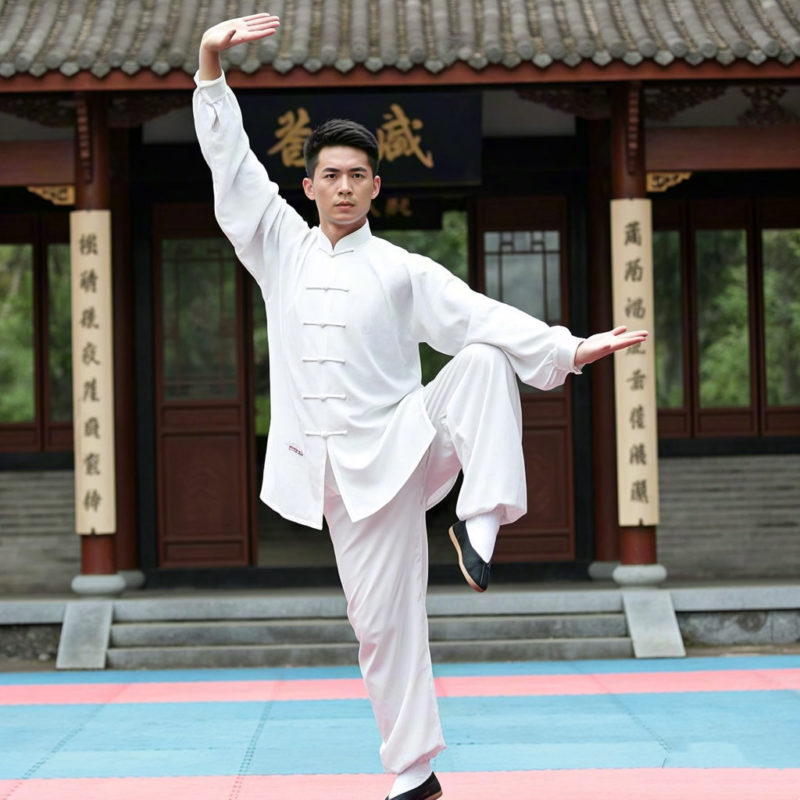Historical Truth vs. Modern Mythmaking
The image is iconic: secluded mountaintop monasteries echoing with the clash of wooden training weapons, venerable masters imparting secret techniques to chosen disciples bound by solemn oaths, and fierce rivalries between distinct combat lineages each boasting unique philosophies and deadly skills. This is the pervasive popular conception of historical Chinese martial arts sects. Films, novels, and even many modern martial arts schools propagate narratives deeply rooted in this archetype. Yet, when we meticulously sift through historical records, folklore, and anthropological studies, the existence of these highly organized, exclusive, and perpetually feuding martial societies as depicted in popular culture becomes profoundly problematic. The reality is far more complex, fluid, and intertwined with the socio-political and economic fabric of pre-modern and early modern China. This exploration delves into the intricate tapestry of evidence, separating romanticized invention from historical substance regarding martial arts groupings.
Foundations: Lineage, Family, and Folk Traditions
The bedrock of traditional Chinese martial arts transmission was undeniably the lineage system (menpai or liupai). This system centered primarily around familial bonds (jia) or master-disciple relationships (shifu-tudi). Knowledge, encompassing physical techniques, combat strategies, therapeutic methods (like qigong and bone-setting), and often associated ethical or philosophical frameworks, was passed down orally and physically within these intimate circles. These were pedagogical structures, not necessarily standalone socio-political entities. The emphasis was on continuity of knowledge and respect for the founder (shizu) and successive generations of masters (shifu). Alongside direct lineages, martial practices flourished organically within village societies. Local defense needs, militia training (tuanlian), festival performances (like lion dances requiring coordinated martial skills), and protection for trade guilds or transport caravans provided fertile ground for the development and preservation of distinctive local fighting styles. These “styles” were often geographically defined (e.g., “Northern Shaolin,” “Foshan Hung Gar”) and reflected local conditions, resources, and threats, evolving pragmatically rather than according to a grand sectarian doctrine. The notion of a centralized, hierarchical “sect” governing these diverse expressions from a remote headquarters is largely absent from early records.
- The Master-Disciple Bond: This relationship was paramount, governed by strict codes of conduct and ritual. Transmission was selective, often requiring years of testing and service, reinforcing loyalty to the person of the master and the lineage’s legacy rather than to an abstract organizational structure. Secrecy surrounded core techniques, fostering an aura of exclusivity akin to a sect but lacking formal institutionalization beyond the teacher’s immediate circle.
- Community Defense and Performance: Martial skills were deeply embedded in community life. Village militias trained collectively for protection against bandits or rival communities. Performing troupes integrated martial arts into dramatic and festive occasions, preserving techniques through ritualized practice. These contexts fostered group identity based on shared locality and purpose, not necessarily a shared martial “faith” distinguishing them as a separate sect.
Consolidation and Codification: The Ming and Qing Eras
Significant developments occurred during the Ming (1368-1644) and Qing (1644-1912) dynasties, periods often romanticized as the “golden age” of martial arts sects. Increased social mobility, the proliferation of military texts (wushu manuals), and political upheaval (particularly the Ming-Qing transition and anti-Qing rebellions) created conditions where martial associations became more visible and complex. During the Qing Dynasty, especially, the perceived threat of Han Chinese rebellion led to official suspicion and periodic suppression of martial activities, potentially driving some groups underground and fostering a degree of secrecy that later fueled myths. Anti-Qing secret societies, such as the Tiandihui (Heaven and Earth Society) or Hongmen, frequently incorporated martial arts training as part of their practical resistance activities and bonding rituals. While martial skill was vital to these groups, it was subsidiary to their primary political and social aims; they were revolutionary cells or mutual aid networks using martial arts, not martial arts sects per se.
Simultaneously, certain institutions gained fame as centers of martial practice. The Shaolin Monastery stands as the most enduring example. Historical records confirm Shaolin monks engaged in martial training, were employed by the state for specific military campaigns at various points, and developed reputations for combat prowess. However, the evidence suggests martial training was one facet of monastic life, integrated alongside Chan Buddhist practice, temple administration, and land management. It was not an exclusive, sectarian martial order solely dedicated to perfecting and hoarding fighting techniques against rivals like Wudang Daoists – a dichotomy heavily emphasized in later Qing novels but lacking robust historical foundation for the periods in question. Wudang’s association with martial arts, particularly internal styles (neijia), appears significantly later and is more intertwined with Daoist health practices and Qing-era narrative construction than with verifiable sectarian organizations rivaling Shaolin in the Ming or early Qing.
The Crucible of Narrative: Opera, Novels, and Republican Reinvention
The 19th century witnessed the explosive growth of a powerful force shaping modern perceptions: popular culture. Martial arts novels (wuxia xiaoshuo), serialized in newspapers and cheaply printed, became immensely popular. Authors drew upon folklore, historical fragments, and pure imagination to construct elaborate worlds dominated by intricate networks of martial sects and clans (menpai, bangpai, jiazu). These fictional sects possessed detailed histories, hierarchical structures (Grandmaster, Elders, inner/outer disciples), codified rule sets, unique “secret manuals” (miji), signature weapons and techniques, and often intense rivalries bordering on warfare. Peking and other regional opera traditions simultaneously featured martial arts themes prominently. While drawing on some historical techniques and figures, opera codified movement into stylized performance, creating recognizable tropes for heroes, villains, and signature styles associated with specific schools or regions. The visual shorthand of opera costumes and movements heavily influenced later cinematic depictions. Crucially, these narratives took hold in the public imagination as history. Events like the Boxer Rebellion (Yihetuan Movement, 1899-1901), where martial arts practices played a role within a complex millenarian and anti-foreigner uprising, were later reinterpreted through this fictional lens, further blurring the lines. The turmoil of the early 20th century, particularly the fall of the Qing Dynasty and the Republican era (1912-1949), spurred a deliberate reinvention of martial arts. Visionaries like the Jingwu Athletic Association and figures in the Guoshu (National Art) movement sought to modernize, systematize, and promote Chinese martial arts as a means of strengthening the nation and preserving cultural heritage. This involved consciously organizing disparate styles into clearer “schools” (pai), standardizing curricula, and promoting public exhibitions. While based on authentic lineages, this process involved a degree of formalization and categorization that retroactively imposed a more structured, quasi-sectarian framework onto the historically more fluid pre-modern reality to suit contemporary nationalist and pedagogical goals.
Twentieth Century Transformation: From Lineage to Organization
The Republican era solidified the transition from lineage-based transmission towards more institutionalized structures, paving the way for the modern concept of “styles” or “schools.” The Jingwu Association (founded 1910) pioneered this approach, offering instruction in multiple styles under one roof, employing salaried instructors, using standardized textbooks, and promoting physical education ideals. This model diverged sharply from the traditional master-disciple relationship centered in a family home or small private school. The later Guoshu movement, established under the Nationalist government in 1928, further institutionalized this trend. It aimed to create a unified national system (Guoshu) by formally recognizing and categorizing major extant styles, organizing national examinations and competitions, and establishing central academies. This state-sanctioned effort required styles to articulate their histories, techniques, and principles more formally, reinforcing their distinct identities in a way that echoed fictional sects. Simultaneously, the rise of modern media – films, radio, and increasingly prolific novels – amplified the fictionalized sect narratives to a global audience. The cultural and political upheavals in mainland China post-1949 significantly disrupted traditional transmission. Many masters fled to Hong Kong, Taiwan, and overseas, where they established schools to preserve their arts. In this diaspora context, and later as mainland China reopened, the need to market styles internationally often led to emphasizing distinctive identities, historical depth (sometimes embellished), and unique philosophical or technical selling points. The commercial imperative further encouraged presenting lineages as coherent “systems” or “sects” with clear boundaries, fostering a global commercialization that often leans heavily on the romantic sect mythology for branding and student recruitment.
Contemporary Echoes: Preservation, Identity, and the Sect Legacy
Today, the legacy of the “martial arts sect” concept is multifaceted and deeply embedded in practice. Modern martial arts styles are clearly identifiable entities. Practitioners align themselves with Wing Chun, Chen Taijiquan, Changquan, or dozens of others. Each style possesses recognized core techniques, training methods, forms (taolu), and often philosophical principles attributed to its founder or foundational masters. Direct lineage authenticity remains a paramount concern for many serious practitioners and instructors. Provenance tracing back to a recognized founder and through successive generations of masters validates the art’s transmission and distinguishes “orthodox” practice from eclectic mixes or modern creations. This concern for lineage purity mirrors the exclusivity associated with historical sects. Many traditional schools consciously cultivate a distinct cultural identity around their art. This includes specific rituals (bowing to ancestor portraits, lineage charts), terminology, uniforms, and ethical codes. This fosters a strong sense of belonging and community within the style, creating social structures that resonate with the fictional depictions of sect loyalty. Furthermore, the potent narrative power of the sect mythos persists. It provides a compelling framework for storytelling in media, adds perceived depth and mystique to a school’s history for marketing purposes, and fulfills a psychological desire for belonging to a tradition with ancient, secret roots. The persistence of secretive or highly exclusive groups claiming ancient knowledge, while often historically dubious, speaks to the enduring appeal of the sect archetype.
Enduring Patterns in an Evolving Landscape
The quest to definitively answer “Did martial arts sects exist?” requires rejecting simplistic binaries. The monolithic, perpetually warring, monastery-based sects of wuxia fantasy are indeed largely fictional constructs, products of literary imagination amplified by opera and cinema. Yet, to dismiss the concept entirely ignores the profound complexities of Chinese martial history. We find robust evidence of lineage transmission forming the core pedagogical and social structure for knowledge preservation. We see distinct local traditions flourishing within villages, militias, and guilds, fostering strong group identities tied to martial practice. We encounter periods, particularly during the Qing Dynasty and the Republican era, where martial arts became intertwined with political movements (secret societies, nationalist projects) and underwent conscious institutionalization (Jingwu, Guoshu), leading to more formalized style identities.
The true picture is one of fluidity and adaptation. Martial arts groupings were rarely static; they evolved in response to social needs, political pressures, economic realities, and cultural currents. What we recognize today as distinct “styles” are often the culmination of centuries of cross-pollination, adaptation, and, crucially, post-19th-century narrative construction and 20th-century systematization. The power of the sect myth lies not in its historical accuracy as a widespread organizational model, but in its potent embodiment of the values of loyalty, tradition, mastery, and distinct identity that continue to resonate powerfully within the global martial arts community today. The sects may be more legend than literal history, but the patterns they represent – of transmission, community, and the enduring human pursuit of skill and meaning through disciplined practice – are woven deeply into the authentic fabric of Chinese martial culture.
